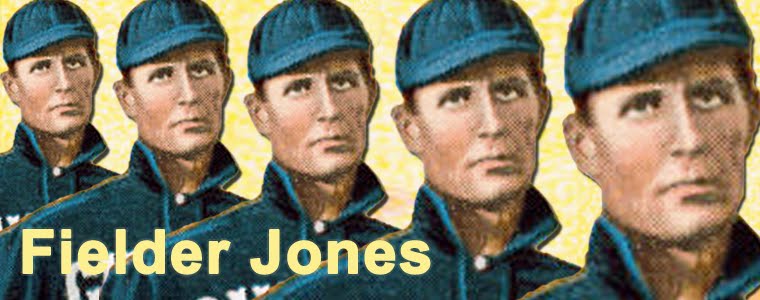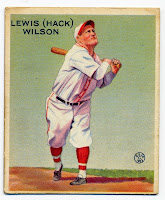My favorite cards, Part I: Roberto Clemente, 1971 Topps
 Roberto Clemente was a bad-ass, plain and simple. I think most people would agree that possessing an arm that could double as a rocket-launcher, running the diamond like a crazy man to stretch doubles into a triples, hitting above .300 for a career, and being a humanitarian and an idol to thousands of Latino kids, makes one a bad-ass.
Roberto Clemente was a bad-ass, plain and simple. I think most people would agree that possessing an arm that could double as a rocket-launcher, running the diamond like a crazy man to stretch doubles into a triples, hitting above .300 for a career, and being a humanitarian and an idol to thousands of Latino kids, makes one a bad-ass.The 1971 Topps card showcases Clemente in all of his bad-assery. He's all business. It looks like he's aiming his bat to take out the photographer. His stoic and surly appearance stems from not only his utter dominance on the ball field, but from his difficulties during his early MLB career.
If this card was issued during the late 50s, Clemente's demeanor would be a window into the turmoil caused by rampant racial discrimination of the era. Clemente never dealt with racism in his Puerto Rico home. Coming to American proved a rude awakening of racially divided hotel rooms and water fountains, public jeers, and loneliness from not being accepted by whites or blacks due to his Latino heritage.
Clemente received a large signing bonus compared to other rookies, and when he didn't produce immediately, the media, the public and even his team mates turned on him causing his life to be even more hellish. But, by 1960, Clemente came into his own. A World Series win, his first all-star appearance, and his first great season created good will between him and the people of Pittsburgh. I guess winning causes color-blindness.





